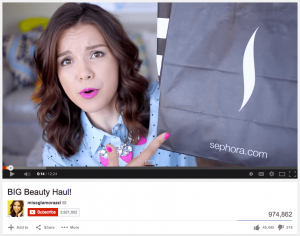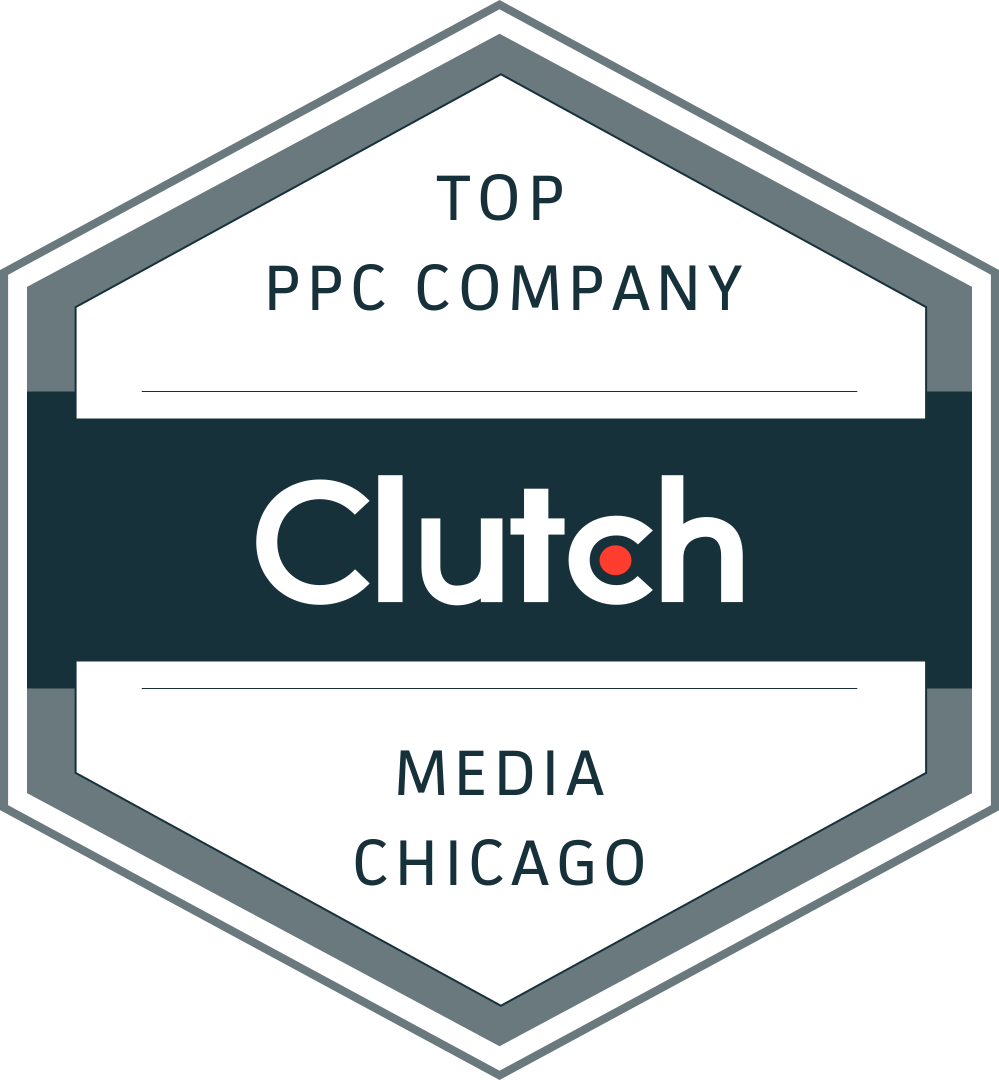So we’re a little late to the party, but Facebook made the announcement back on January 11 that they would make a change to the algorithm that helps surface content on a user’s feed. Basically, Facebook will be prioritizing posts from family and friends over news articles or other content specific pages. So what does that mean for the friendly, neighborhood content marketer? Not much, and a whole lot. Let’s dive in.
Let’s clarify what’s happening
- Facebook is striving to make its News Feed a place for meaningful and relevant connections
- The change is not impacting the ad algorithm (for now), just organic content
- Facebook turned into a destination where users passively scroll. They want to change that.
- Organic reach in Facebook is pretty much nill. But with less real estate for sponsored content, the prices will be higher.
What should marketers do?
The largest impact move that brands can start making now is to do two things.
1. Take a hard look at your content and go with quality over quantity
Kind of the opposite approach than what’s normal, but take a hard look at all the posts that were shared over the past year. What trends do you see? Are there any types of articles that really performed well in engagement and drove quality traffic to your site?
The key here is that cost per acquisition is most likely to go up considering the limit on visibility with the new change. So being judicious with where our money is being spent, and maximizing our marketing dollars is definitely high priority for us.
2. Engage with micro-influencers
Don’t know what a micro-influencer is? In a nutshell: it’s someone who has a smaller following, but is able to really engage with their audience. We’ve found that brands that create a social campaign utilizing micro-influencers tend to have a much higher success rate than those that spend top dollar for the Kim Kardashians of the world (nothing against Kim or Kanye).
Since Facebook’s algorithm lends towards trying to surface content shared amongst friends and family, then it would make sense to try to find people to tend to have a strong, decently large network of friends and family. Then try and see if there’s a way to engage with them so that you’re able to make up for the lack of visibility. Basically you’re now shifting your focus from throwing ad dollars at facebook to surface your content to finding people who would be most interested in your content, and attempting to have them share it.
The one problem with trying to engage micro-influencers is the amount of time and energy it takes to (a) find them, (b) get their contact info, and (c) learn how best to approach them. Facebook is changing things up (and we expect more social media platforms to follow suit).









